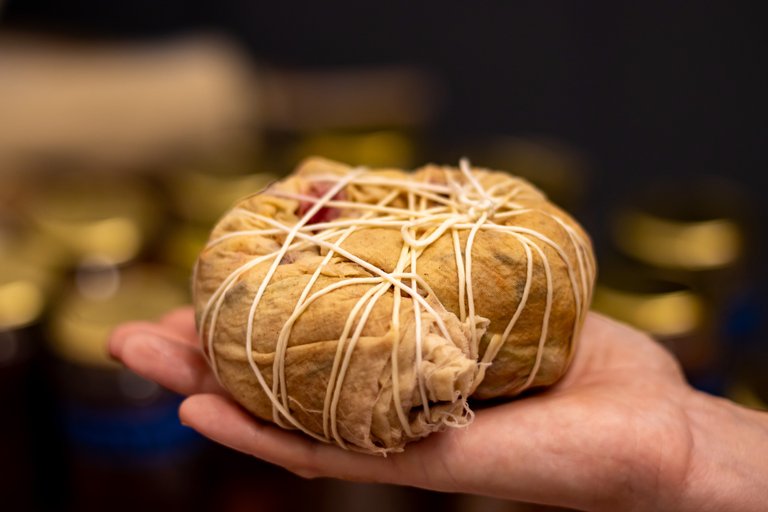
Natural dyes were the norm for thousands of years. People wore colourful cloths even from antiquity. Beautiful, earthy, natural colours provided from nature itself. It was only at the second half of the 19th century that the first artificial dye was produced. Gradually synthetic dyes became an integral part of the textile industry and natural dyes were tossed aside.
The dawn of the 21st century was meant to bring new life into old techniques. People are slowly starting to be more aware of the huge environmental cost of the flood of chemicals used for commercial textiles, as well as the potential health hazards from the excessive amount of toxic substances in contact with our skin.


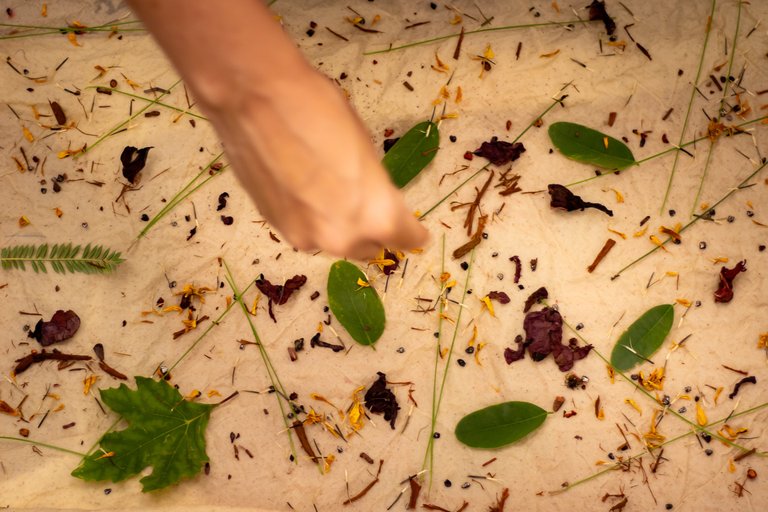
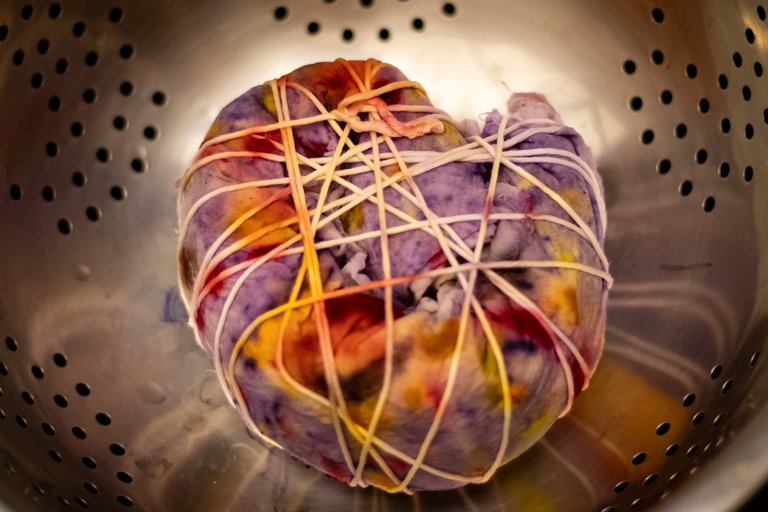


Today modern artisans all over the world are rediscovering the old techniques and are integrating the old wisdom into new ones. Handmade products are appreciated and respected and even their "imperfections" are welcome as a sign of singularity.
I was introduced into the magic world of natural dyes by @traisto. She is the actual artist and I am nearly the helper and of course the photographer :)
So this post is not going to be a tutorial. Although I have learned the basic knowledge of almost everything that we do in our workshop, I am far from expert and definitely not the one to tutor on that skills. But I have the pictures and the time to write, so until @traisto finds the time to make a more detailed post on her own, let me take you on a visual tour at one of my favourite techniques!
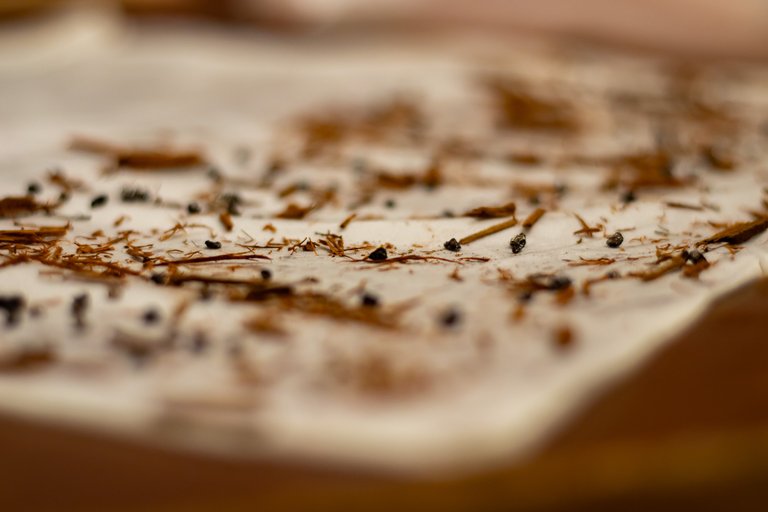




Bundle dyeing techniques are fun, simple and sustainable. They are water-efficient natural dye practices, and you can start with things you already have in your kitchen or garden. Many of our common, everyday food scraps are a great source of beautiful color, like onion skins and turmeric. Depending on the season, you can forage greenery from your backyard or neighborhood such as fallen leaves and flowers. Once you try these techniques, you’ll never look at plants the same way again.
source


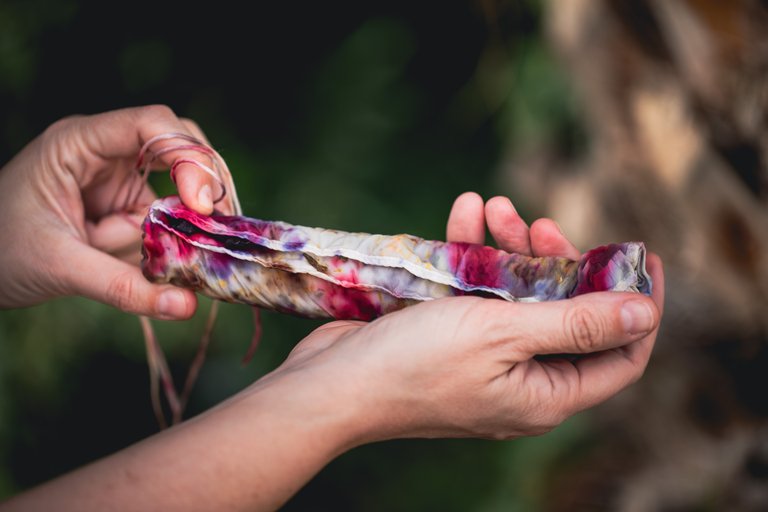
 |  |  |
|---|


Actually this is about imprinting plant parts on a fabric. Describing it very roughly, you throw everything on the fabric, you tie it firmly, you steam it and voilà!
OK, not that simple but simple enough :)
But most of all it is a magical journey into wonderful colours and unique patterns! Patterns that you can't predict and you'll never repeat again!
 |  | |
|---|---|---|
 |  |

Every time @traisto was unfolding one more of her extraordinary creations, we were astonished by one more breathtaking pattern, one more mesmerising palette of colours! Even now, after months of working with that technique, the results never seize to surprise us.
Always in a pleasant way :)
If you have missed the news, @traisto and myself have opened a craft workshop. I wrote an introduction of our new place here and I guess I'll be writing relevant posts once in a while.
I hope you liked what you saw :)
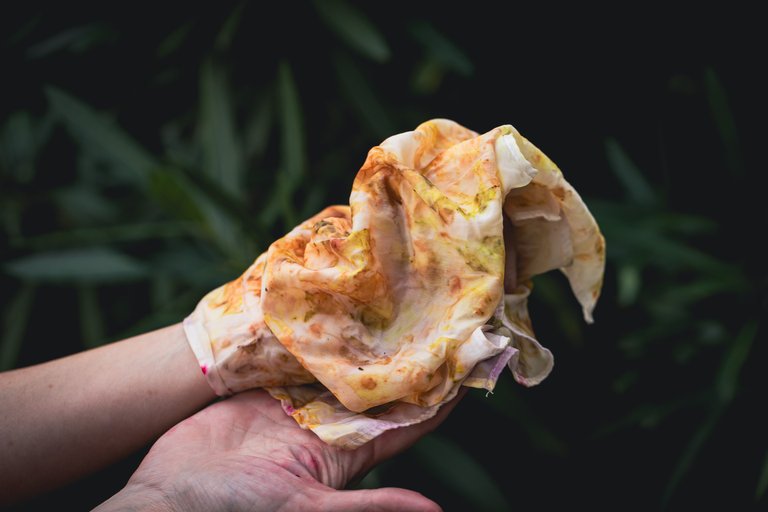
 |  |  |
|---|
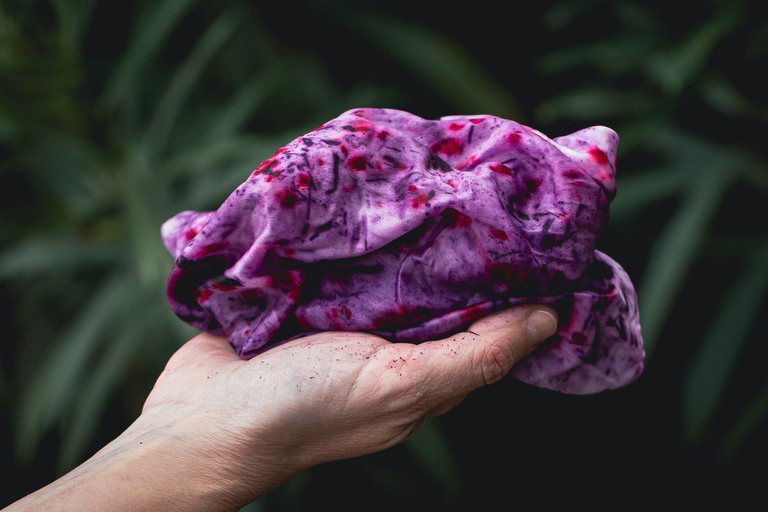
Thank you for reading and if you want to know more about me you can check out my introduction post.
Commenting, upvoting and rebloging are highly appreciated!


